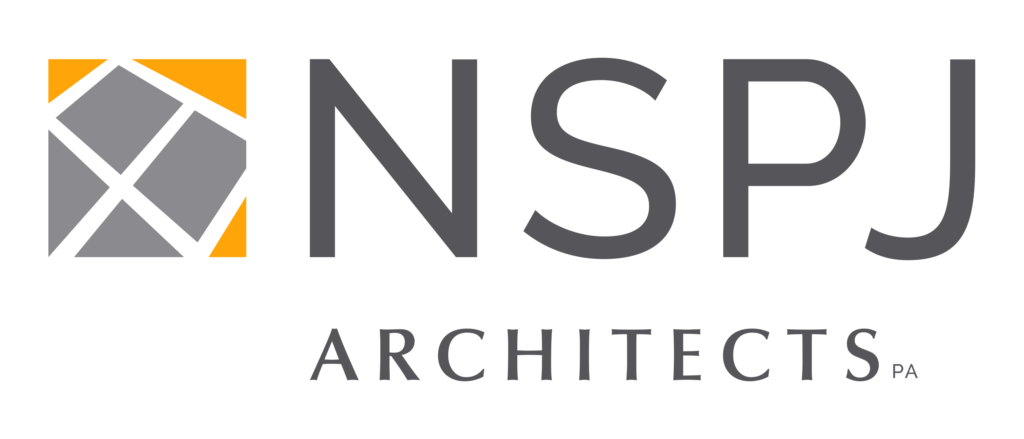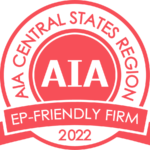Mixed-Use Architecture Examples That Continue to Meet the Challenges of the Moment
By Tim Homburg, AIA, Co-President of NSPJ Architects
In the past three decades, urban population density has shifted in response to distinct events and factors that continue to define the U.S. economy and the design and planning of cities and suburbs. Mixed-use architecture firms have found solutions to match these transformations as they occurred.
The housing boom of the 2000s brought about expansive suburban sprawl, which was then curtailed when that boom became 2008’s real estate bubble, primed to pop. In the decade that followed, we witnessed a shift back to widespread urban residential development and a desire for mixed-use architecture projects that integrated premium housing options with commercial real estate.
This trend was further underscored by more recent post-pandemic inflation that priced new homeowners out of the market, but allowed urban residents to benefit from desirable urban planning concepts. At the same time, those who live in the suburbs are finding an American dream that fuses the best of an urban core’s access, sense of community and retail, while still retaining the value of the suburban idyll. Mixed-use architecture and design yet again met present needs.
The mixed-use typology is firmly rooted in the American mindset of how communities and people benefit from development and design. Whatever lies ahead in the near- and long-term depends upon continued ingenuity from leading mixed-use design firms.
Challenges That Define Mixed-Use Architecture and Design
The Urban Land Institute’s (ULI) recent roundtable discussion deftly articulates the challenges mixed-use architecture firms face. Thought leaders from development, REIT, REIC and real estate services industries shared these challenges, among others:
- Verticality: Balancing supply and demand for both commercial and residential classes
- Innovation: Competition to identify and create desirable concepts, features and amenities that meet business’ and residents’ evolving needs
- Location: Identifying neighborhoods where mixed-use architecture and design is most likely to thrive.
The Commercial Real Estate Development Association (NAIOP) echoes challenges cited by ULI contributors, emphasizing the following hurdles to creating beneficial mixed-use development projects:
- Desirability: Effective “live, work and play” development that is not over-retailed
- Safe spaces: Adequate safety and security planning
- Flexibility: Agile policy and approval processes for repurposing or infills.
ULI experts also describe the barriers to securing financing for mixed-use development during this particular economic moment. It would be an oversight to discount the current financing and lending culture that defined the first quarter of 2024. Yet it is heartening to know that much of what ULI and NAIOP identify requires strategic design work that can meet and even potentially supersede market conditions.
Our Kansas City-headquartered mixed-use architecture firm has continually met these particular challenges throughout many decades of work. Below, we highlight particular mixed-use projects that meet commercial and residential needs and the needs of the neighborhood and municipality in which they are situated.
How Mixed-Use Architecture Firms Are Meeting This Challenges in Practice
The following “flash” case studies of mixed-use architecture provide a brief snapshot of highly successful design approaches from NSPJ Architects. These projects’ strengths lie in how well they rise to the challenges defined by mixed-use development and investment experts.
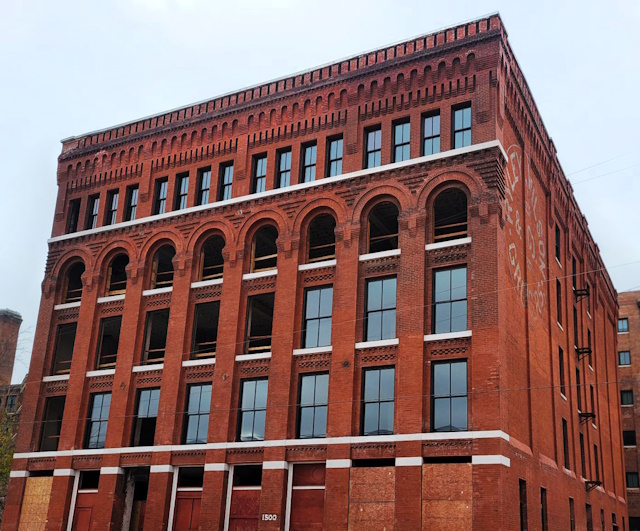
Historic Adaptive Re-use: The adaptive re-use process turns a historic building into a site for commercial, residential or mixed use. However, artfully done historic adaptive re-use is not merely an overhaul for modern needs. Historic preservation planning tastefully reinvigorates the past while generating a new use-case for this property.
NSPJ’s adaptation of Kansas City’s historic Ryley, Wilson & Co. building is a testament to the timeless presence that mixed-use architecture and design can evoke. This building also answers the challenge to position a mixed-use architecture project in a flexible municipality and ideal location. Kansas City has experienced a recent renaissance for adaptive reuse opportunities, particularly in the West Bottoms, which has become a highly desirable destination for residents and visitors alike. Explore NSPJ’s Historic Adaptive Re-Use project in detail.
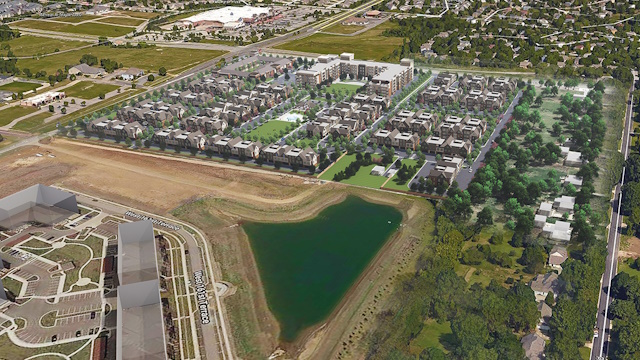
Rewriting the Suburbs: Although the single-family suburban home continues to be a measure of success for U.S. residents (more than 50 percent of millennials now own homes and 45 percent of this generation intends to own a home in the suburbs), the suburbs can and should deliver significant planning and design features that reinvent what it means to “settle down” in the suburbs.
The innovations cited by ULI have their response in NSPJ’s mixed-use residential design plan for a suburban community in Overland Park, Kan.This plan provides a variety of housing options, including independent living facility, townhomes and an assisted living community. These options converge naturally with the surrounding neighborhood of single-family homes, providing a compassionate and dignified “continuum of care” for all residents. View renderings of our strategic, care-focused planning project.
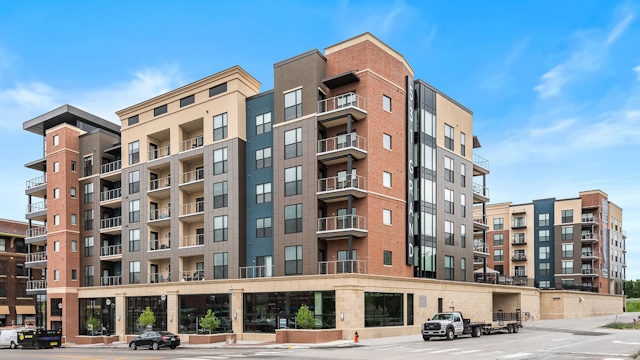
Urban Complexity: Residential and commercial engagement with U.S. urban cores in the post-pandemic economy is a study in complexity. In promising urban locations throughout the U.S., the balancing act ULI mentioned requires a complex determination of what residential and commercial needs. Lessees need data-driven reassurance about the demand side of the residential equation, and residents require both suburban and urban amenities if they are to call an urban multifamily property “home.”
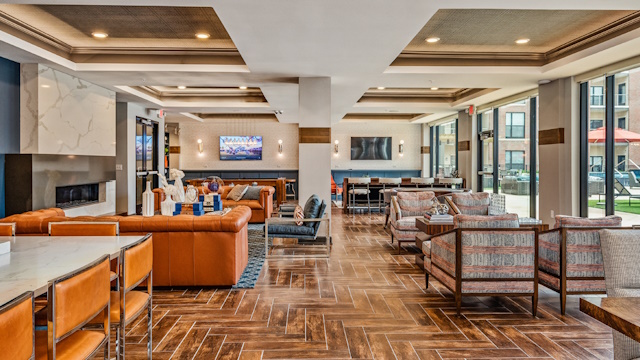
To meet this challenge in Kansas City’s walkable River Market neighborhood, NSPJ delivered 531 Grand, providing 185 residential units and 10,000 square feet of retail space. This property’s gorgeous large windows for showcasing new retailers is only rivaled by classic, sophisticated interior finishes and amenities that provide recreation for all ages with a view of Kansas City’s downtown skyline. The project garnered media coverage for its contributions to Kansas City’s downtown resurgence.
View the entire NSPJ portfolio, which includes several additional examples of mixed-use architecture concepts and elaborations on the mixed-used case studies. For queries about new mixed-use design opportunities, call (913) 831-1415 or send us a message online.
